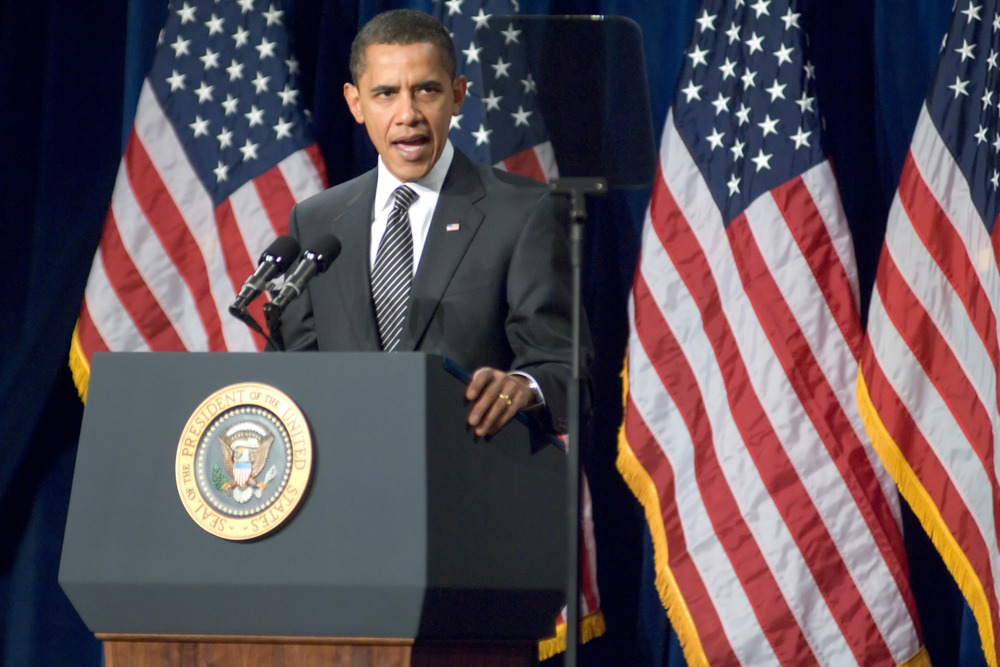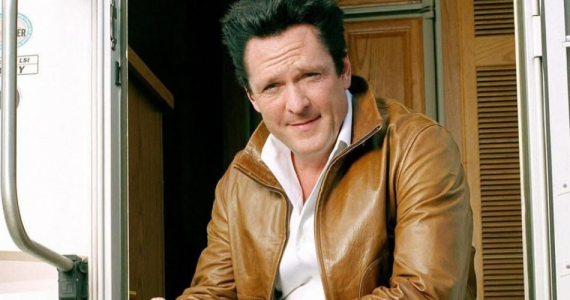2007’s housing crisis changed the shape of global economy and led to one of the biggest financial meltdowns in the history. Let’s go back to 2007 when it all started and assess the 10 biggest events of the decade that changed the world that we live in today.

The Housing Crisis of 2007
The subprime mortgage crisis was the biggest incident of the decade that cost more than 10 million Americans their homes. The crisis began to develop in 2006 when banks lowered their lending standards and home prices suddenly fell.
There was a surge in mortgage applications as buying a house became a profitable investment. But the boom was only short-lived, and when the Feds raised interest rates, adjustable-rate mortgage payments skyrocketed.
Many homeowners struggled to pay back their loans and homes could no longer be sold as they fell below mortgage value. The crisis resulted in a massive foreclosure event as banks forced homeowners to leave their homes.
Banking System Collapse 2008
Bankruptcies followed the 2007 housing crisis just after the U.S. Treasury secretary said no to bailouts. On September 15, 2008 Lehman Brothers’ announcement of bankruptcy stirred a wave of panic in the banking system leading to the Great Recession.
Two days after Lehman’s bankruptcy reveal, banks withdrew a whopping $160 billion from safe money accounts and the total amount they held in reserve increased from $2 billion to $190 billion.
Stock Market Crash of 2008
The financial crisis led to a sudden stock market crash on September 29, 2008 after the Dow Jones Industrial Average fell by a shocking 777 points in a single day.
The market prices continued to drop till March 6, 2009 in, what can be considered, the worst market crash since Great Depression. The Dow had plummeted by 80 per cent in value in just 17 months.
Expensive Bailouts 2008
In September, Congress approved $700 billion in bank bailouts for purchasing the toxic mortgages – it was the biggest bailout package since the Great Depression and the Treasury ended up using the $350 billion to buy stocks from major banks.
But this couldn’t prevent more bankruptcies from happening. On September 16, the biggest insurance company in the world, AIG, announced that it was going out of business. An additional $3.6 trillion was poured into bailouts to prevent the money market fund industry from collapsing.
Tsunami and Nuclear Crisis in Japan, 2011
On March 11, 2011 Japan was shaken up by a massive earthquake and a disastrous tsunami that killed 28,000 people. Almost half a million people were displaced after the tsunami wrecked their homes.
The situation became worse when the Fukushima nuclear power plant was struck by the floods, creating massive nuclear leaks that crippled the country’s economy and its nuclear industry.

Obamacare in 2014
Finally some good news. Obama’s affordable care act provided free health coverage to an additional 20 million Americans in 2014.
The move garnered praised from the World Health Organization as people belonging to low-income families were now able to get medical care for accidents and illnesses without having to pay expensive emergency room fees.
China Becomes the Biggest Economy in the World, 2015
In 2015, the balance of power shifted in China’s favor and it became an economic superpower. European Union had the second-largest economy in the world whereas the Unites States slid down to third spot. China also has the biggest stake in U.S. Treasuries and is the largest debt holder for the country.
Debt Crisis in Greece, 2015
Greece’s debt crisis of 2015 was a big warning for all other EU nations about how extreme indebtedness can affect a country’s economy.
After defaulting on loans, Greece exited the Eurozone, causing a huge debt crisis in the regions and raising fears for a second global financial crisis of the decade.
Hurricane Harvey in 2017
Probably one of the biggest and most expensive natural disasters to hit the United States was Hurricane Harvey, a category 4 storm that almost destroyed Texas on August 25, 2017. Harvey cost the country almost $180 billion in damages and affected over 13 million Americans.
U.S. Debt Escalates, 2018
After 9/11, the United States increased its defense budget to fight the war on terror in Afghanistan and Iraq. The high military spending has now caught up with the U.S. economy as the country added a whopping $2 billion to its debt which had almost doubled to $9.2 trillion after the financial crisis of 2008.





